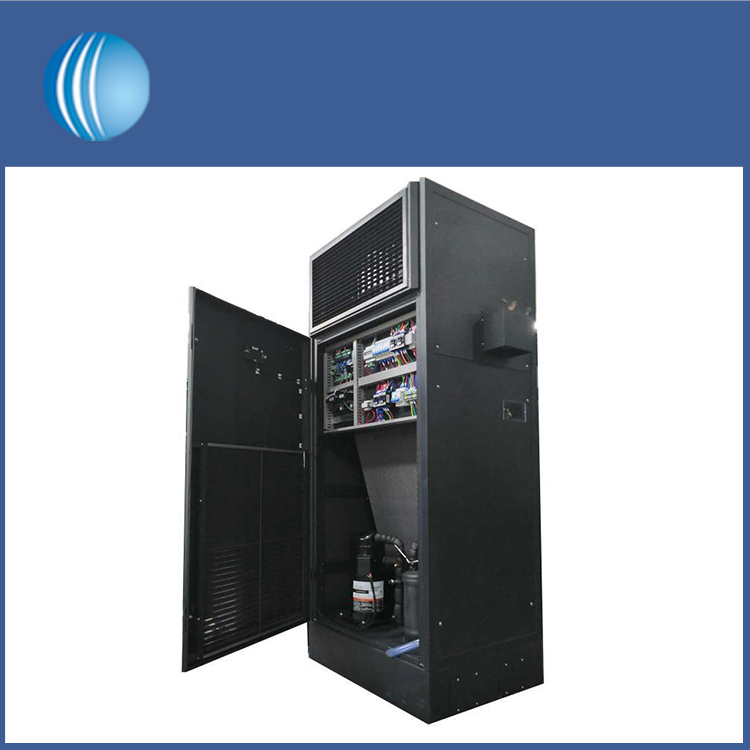Information about IT Racks Cabinet
2023-10-16
An IT rack cabinet, also known as a server rack or network rack, is a specialized piece of equipment used to house and organize information technology (IT) equipment, such as servers, networking devices, switches, routers, and other hardware components. IT rack cabinets provide a structured and secure environment for these devices, allowing for efficient cooling, cable management, and easy access for maintenance. Here are some key features and aspects of IT rack cabinets:
1. Structure and Design:
- Frame: IT rack cabinets typically have a metal frame that provides structural integrity and support for the mounted equipment.
- Enclosure: The cabinet is enclosed with doors, panels, and often removable side panels to protect the equipment from physical damage, dust, and unauthorized access.
- Mounting Rails: Adjustable vertical mounting rails are inside the cabinet, allowing equipment to be securely attached using screws or other mounting mechanisms.
- Rack Units (U): Rack units are standardized height measurements used to describe the vertical space within the rack. One rack unit (1U) is typically 1.75 inches (44.45 mm) in height.
2. Cooling and Ventilation:
- Ventilation: Rack cabinets feature perforated doors and sides to promote airflow, helping to dissipate heat generated by the enclosed equipment.
- Fans: Some cabinets have integrated fans or provisions for adding fans to improve ventilation and cooling.
3. Cable Management:
- Cable Management: Cable management features like cable trays, hooks, and clips help keep cables organized and prevent clutter, improving airflow and making maintenance easier.
4. Security and Access:
- Locks: Cabinets often have locks on doors and panels to restrict access and enhance security.
- Access Control: More advanced models may support electronic access control systems for authorized personnel.
5. Types of IT Rack Cabinets:
- Server Racks: Designed primarily to hold servers and server-related equipment. They are deeper than network racks to accommodate server depths.
- Network Racks: Designed for networking equipment like switches, routers, and patch panels. They are shallower and more open for cable management.
6. Rack Cabinet Sizing:
- Rack cabinets come in various heights, often ranging from 12U to 48U or even larger for enterprise data centers.
- Depth varies based on the equipment being housed. Standard depths include 600mm, 800mm, and 1000mm.
7. Applications:
- Data Centers: Rack cabinets are commonly used in data centers to house servers, storage devices, and networking equipment.
- Network Closets: Smaller rack cabinets are used in network closets and small server rooms.
- Telecom Rooms: Rack cabinets are utilized for telecommunications equipment in office buildings and business locations.
- IT Labs: Educational institutions and research facilities use rack cabinets in IT labs.
8. Considerations:
- Weight Capacity: Ensure the rack cabinet can support the weight of the equipment you plan to install.
- Airflow: Adequate ventilation and airflow are crucial to prevent overheating of equipment.
- Accessibility: Consider how easily you can access and manage the equipment within the cabinet.
- Future Expansion: Plan for additional space in case you need to add more equipment in the future.
IT rack cabinets are essential for maintaining a well-organized and efficient IT infrastructure. Properly choosing and setting up a rack cabinet can contribute to the reliability and performance of your IT equipment.



